The Rusty Compass Sydney City Orientation Walk
Starting point - Hyde Park South - Yininmadyemi - thou didst let fall artwork. Hyde Park on Elizabeth St near ANZAC War Memorial.
End point - Sydney Opera House, Circular Quay
Duration - Minimum half day (4 hours)
Distance - Approx 4kms
Highlights - Sydney Opera House, Hyde Park, Royal Botanical Gardens, historic buildings, State Library.
This is the perfect Sydney orientation walk for travellers. You could easily build an entire stay in the city around this walk and the things we pass along the way. You'll see landmarks and historical sites that deserve a few hours of your time. Plan to come back to these places - or make this walk a full day walk with gallery and museum stops. We start at Hyde Park South and end at The Opera House.

Photo: Mark Bowyer Yininmadyemi - commemorating Indigenous warriors. It doesn't explicitly reference the colonial frontier wars. Hyde Park Sydney
War Memorials
We like to do things differently so we start in Hyde Park at a monument most Sydneysiders have never seen - thinking about Australia's First Peoples. The YININMADYEMI art work commemorates the service of Australia's First Nations people in war. First Nations monuments are scarce in Sydney. This artwork from 2015 provides time to reflect on the dispossession and injustice that followed the colonial invasion of 1788.
The larger better-known structure nearby is the ANZAC Memorial. Erected in the 1920s at the end of WWI, it now remembers all the wars fought by Australians.

Photo: Mark Bowyer Controversial 1879 Captain Cook statue, pointing towards the Australian Museum, Sydney
Captain Cook Monument and The Australian Museum
Head north and look to your right. Past Hyde Park you'll see Australia's first museum - The Australian Museum is still one of the best in the country. Allow some time to check it out.
In the north east corner of the Hyde Park, you'll see an 1879 statue of Captain James Cook. Cook was the first European to throw down anchor on Australia's east coast. The statue is frequently vandalised. It's considered by many as a symbol of the colonial invasion. A closer read of Australian history makes Cook one of the more benign characters of the invasion and dispossession. Many who followed have more to answer.
The Obelisk to the west was a clever cover for a sewage vent. It's a local knock-off and wasn't stolen from Egypt...
Fountains and Cathedral
Continue north across Park St and into the main space of Hyde Park - Sydney's oldest park from the early 1800s. Named after London's Hyde Park, an avenue of 1930s figs provide cover for the stroll to the Archibald Fountain from 1932. The fountain is a park icon.
From Hyde Park, the dominant structure to the east is St Mary's Cathedral, Sydney's, Gothic Revival catholic cathedral. Work on St Mary's commenced in 1866 and wasn't fully completed till 2000 with the installation of the spires.

Photo: Mark Bowyer Hyde Park Barracks and the Spires at St Mary's - Sydney
Macquarie St - history and power
Continue north to Macquarie St where you will see three of the oldest buildings in Sydney's centre - to the left, St James Cathedral, on the right, an 1819 convict barracks, Hyde Park Barracks and, next to the barracks, The Mint. All three buildings date back to the governorship of Lachlan Macquarie (1810 - 1821) and deserve some time - there is a charge to enter Hyde Park Barracks. The Mint has a small free museum. St James church has some fascinating memorial plaques on its walls.
Continue past the Rum Hospital (now Sydney Hospital). Head off Macquarie St down the alley for a better look at the hospital buildings before continuing past NSW State Parliament House (it's the building with the barriers). This is where NSW government sits.
Next stop is the State Library of New South Wales. There's an Art Gallery of 19th and 20th century art - mainly from Sydney - and a Museum inside. It's highly recommended too. Check the map room as well.

Photo: Mark Bowyer Looking across Sydney Harbour from Royal Botanical Gardens
Royal Botanical Gardens and Sydney Harbour icons
Cross over the Expressway in front of the State Library and into the Botanical Gardens for a complete change of tempo. You'll see a huge monument to Captain Arthur Phillip. Have a close look. There's some weird stuff going on. Once in the gardens, head north east and deeper in - exploring Sydney's spectacular green space. There's tons of botanical stuff to see here. Take your time, gradually moving north. The odd structure to your left is the Conservatorium of Music - another building from the early 1800s that started life as the Governor's Stables.
Past the Conservatorium and looking towards the harbour, you'll see Government House - the residence of the Governor of New South Wales since 1845. It was designed (from England) by the royal architect Edward Blore. Blore also designed Buckingham Palace.

Photo: Mark Bowyer The Sydney skyline from the Botanical Gardens
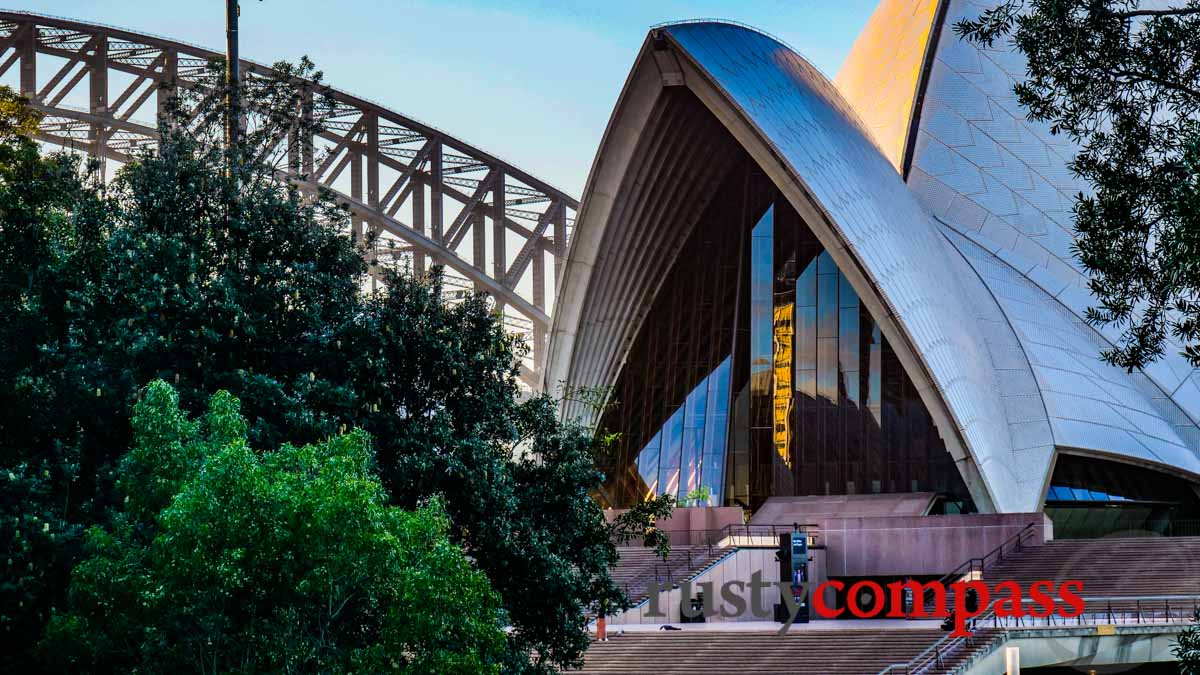
Photo: Mark Bowyer Sydney Opera House and the Harbour Bridge
Views of Sydney Harbour will begin to dominate from here and you'll start to see the Opera House sails and the Harbour Bridge will start poking through too.
As you approach the Tarpeian Precinct lawns overlooking the harbour, you'll note a striking white marble monument. Bara was inaugurated in 2022. It's the first prominent monument to Sydney's First Nations People in the city. That makes it quite remarkable in a city that is only gradually recognising its 60,000 years of Indigenous heritage. Bara, modelled on the traditional fish hook used by Indigenous women fishing in the harbour, looks over Sydney Cove where the original dispossession began on 26 January 1788.

Photo: Mark Bowyer Bara - the first prominent monument to Sydney's First Nations peoples was inaugurated in 2022
Bara is a perfect place to reflect on Sydney's past. It's a superb complement to Sydney's best-known icons, The Harbour Bridge and the Opera House.
I was fascinated by the decision of the Indigenous artist, Judy Watson, to refrain from any plaque or description on her work. It may be the smallest of the icons around Sydney Harbour, but it's bound to have a big impact as awareness of it grows. It rounds off our walk perfectly.
Follow the paths down to the Opera House and the harbour Spend as long as you like wandering around this awesome structure.
Finish up with a drink looking out towards the Harbour Bridge at the Opera Bar or the bar on the western side of the Opera House (not always open). These places can be very busy on summer weekends.
For a deeper Sydney walking experience, check out our Sydney Tales of the City heritage walking tour

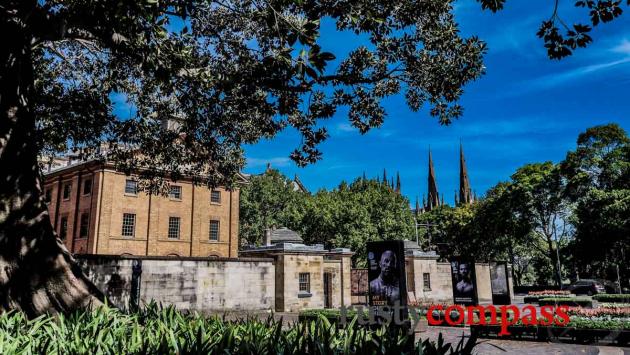
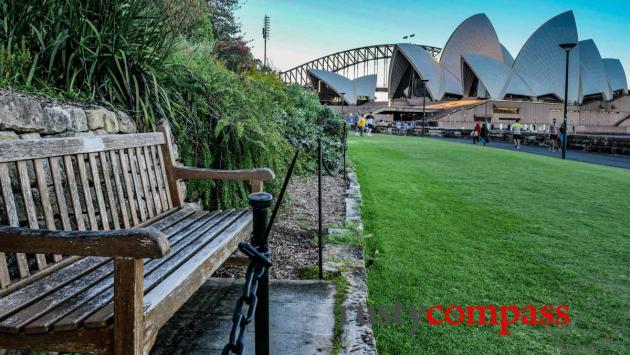
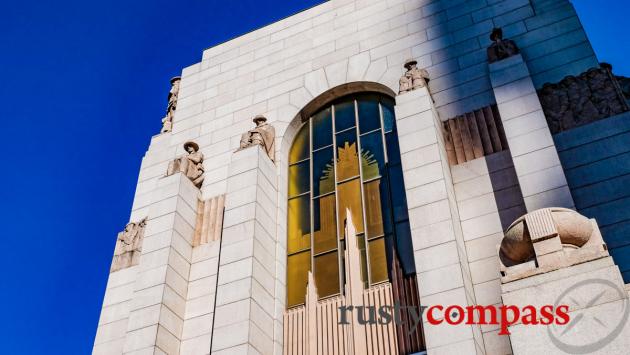
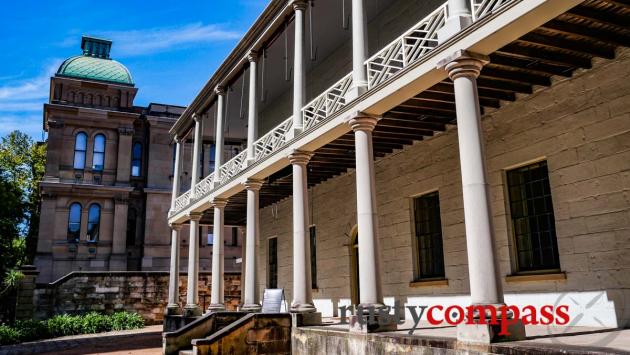
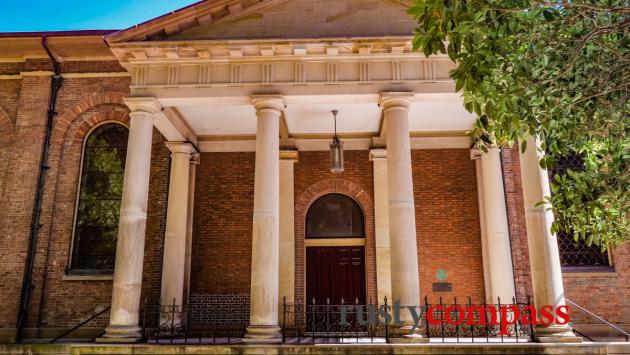
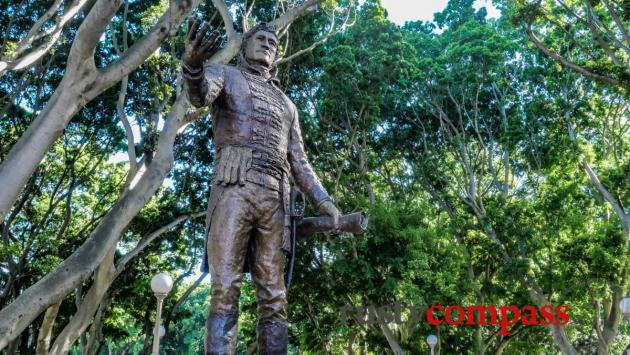





There are no comments yet.